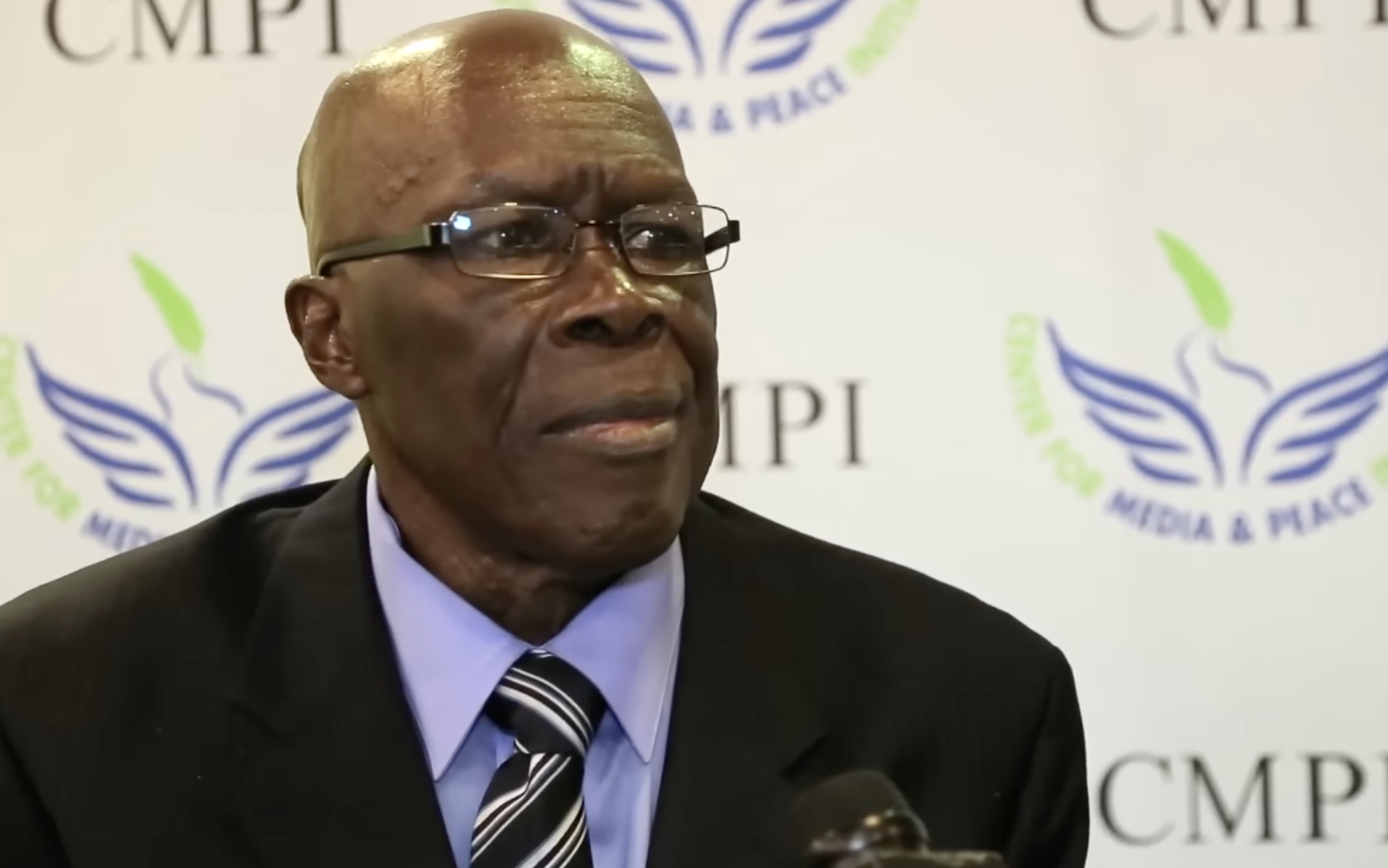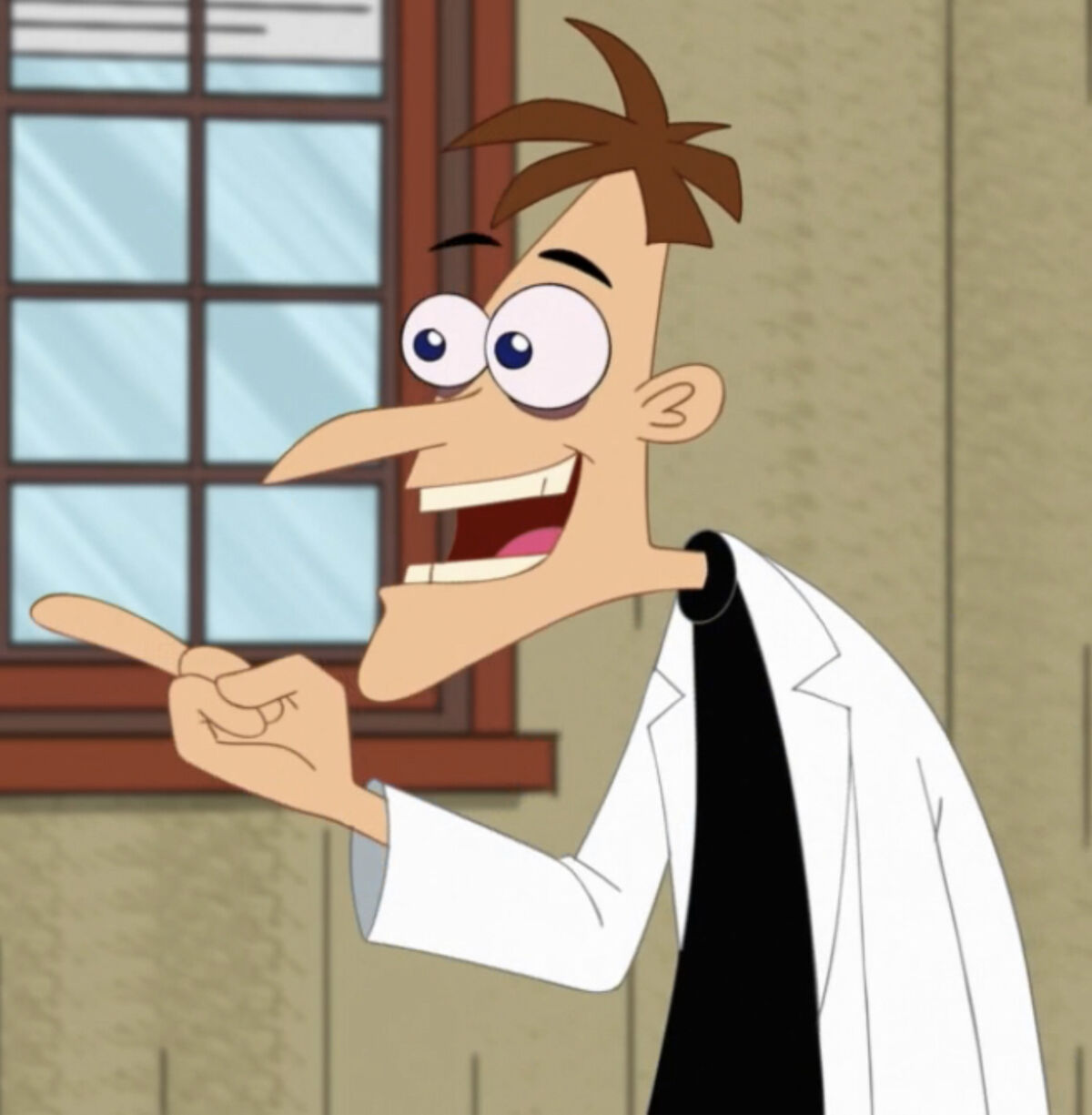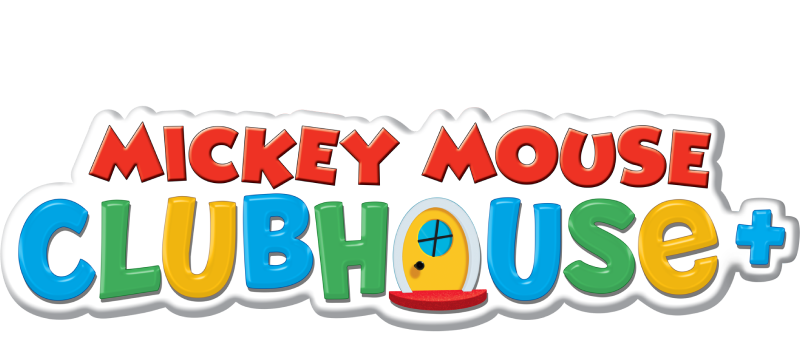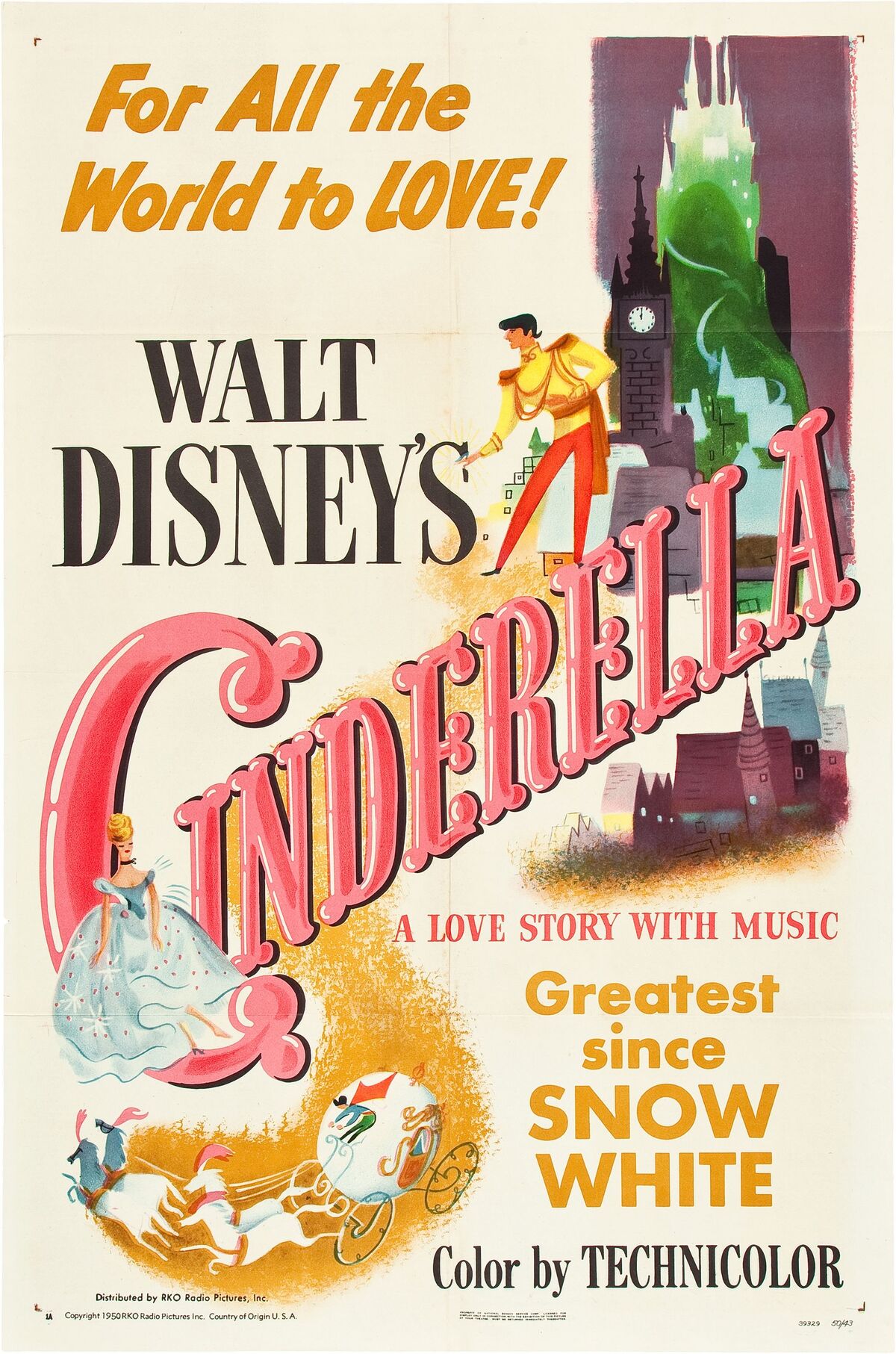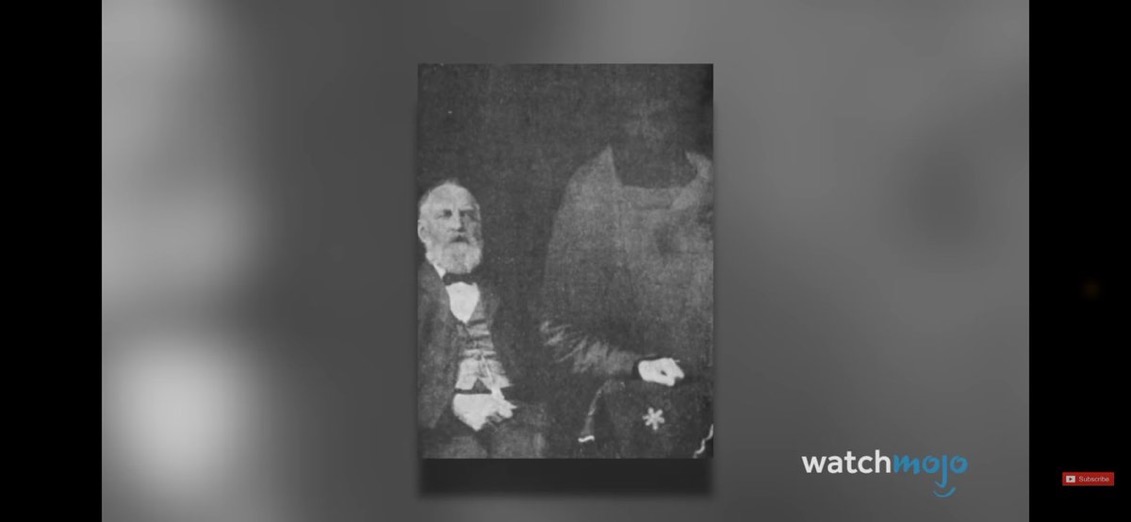Lilo & Stitch
This article is about the original animated film. For the live-action film of the same name, see Lilo & Stitch (2025 film).
- “There's one in every family.”
- ―Tagline
Lilo & Stitch is an American animated science fiction comedy-drama film produced by Walt Disney Feature Animation and released on June 21, 2002. The 42nd animated feature in the Disney Animated Canon, it was written and directed by Chris Sanders and Dean DeBlois and features the voices of Chris Sanders, Daveigh Chase, Tia Carrere, David Ogden Stiers, Kevin McDonald, Ving Rhames, Jason Scott Lee, and Kevin Michael Richardson. Lilo & Stitch was the second of three Disney animated features produced primarily at the Florida animation studio located at Walt Disney World's Disney-MGM Studios in Orlando, Florida. Lilo & Stitch was nominated for the 2002 Academy Award for Best Animated Feature, which ultimately went to Hayao Miyazaki's film Spirited Away, which was also distributed by Walt Disney Pictures, and featured a voice-over performance by Chase and Stiers in the English dub. It is one of the few Disney Animated Canon films to have an original story.
The film is a big blockbuster critical, financial and commercial success. The 2002 film eventually started a franchise: a direct-to-video sequel, Stitch! The Movie was released on August 26, 2003. This was followed by a television series, Lilo & Stitch: The Series, which ran from September 20, 2003, to July 29, 2006. A second direct-to-video sequel, Lilo & Stitch 2: Stitch Has a Glitch, was released on August 30, 2005. A third and final sequel, Leroy & Stitch, aired on June 23, 2006 on Disney Channel and released for DVD four days later on June 27, served as the conclusion to the TV series. A second television series, a non-canon anime titled Stitch!, was made for the Japanese market and ran in Japan from October 8, 2008, to June 19, 2011, with two post-series specials broadcast in 2012 and 2015. It was dubbed to English with an entirely different voice cast from the rest of the franchise, with said dub first airing in 2009. A third television series, a non-canon Chinese animated series called Stitch & Ai, was made for the People's Republic of China and had the production assistance of American animators. Stitch & Ai was produced in English first then dubbed into Mandarin Chinese. The thirteen episodes of the Mandarin dub aired in March 2017. The original English version of the Chinese series aired in February 2018, again with none of the original voice actors from the films or first TV series returning. Both of the latter two shows shift the tone of the franchise from "soft" science fiction to science fantasy and controversially remove franchise title character Lilo Pelekai as a main character; she is replaced by Yuna Kamihara in the anime and Wang Ai Ling in the Chinese series. A live-action imagining based on the 2002 animation, and directed by Dean Fleischer Camp, was released in theaters on May 23, 2025.
In an unidentified year of time, Dr. Jumba Jookiba is apprehended and put on trial by the Galactic Federation council for "illegal genetic experimentation", evidenced by his creation Experiment 626, a small sentient creature with unparalleled intelligence and strength, but also a propensity to cause chaos. Jumba is jailed while Experiment 626 is punished to exile on a desert asteroid. 626 manages to flee in a spaceship and activates the hyperdrive, causing its guidance systems to malfunction and randomly set a course for Earth. The Grand Councilwoman dispatches Jumba and Agent Pleakley, the Council's expert on Earth, to the planet to have 626 captured discreetly.
On Kauai, a young woman named Nani has been struggling with caring for her rambunctious and lonesome younger sister, Lilo, who has sadly been bullied by her hula classmates and peers, especially Mertle Edmonds, following the death of their parents in a car accident. A social worker named Cobra Bubbles expresses increasing concern that Nani is unable to take sufficient care of Lilo, therefore giving Nani three days to change his mind and told her to find a job if she could convince him, otherwise he would have to set Lilo with a foster family for Nani's own good. Nani furiously chases Lilo and they both argue about being taken away, due to Cobra's increasing concern. Sometime later, after talking about Lilo's behavior towards Mertle Edmonds at hula class, a "falling star" crash lands and Lilo pushes Nani who is feeling dizzy out of her bedroom to make a wish. After Nani hears Lilo's wish to have a friend, she decides to let her get a dog. On the other hand outside, 626 has crash-landed on Earth, and gets ran over by three trucks. At the shelter, Lilo immediately takes a keen interest in Experiment 626, who is impersonating a dog, in order to escape captivity. In spite of Nani's doubts, Lilo names 626 "Stitch" and shows him around the island. While he is hard to tame, he stands up to Mertle for her and they both spend time together. But Stitch throws a temper tantrum when he realizes he's trapped on an island with no big cities.
That evening, as Lilo and Stitch eat dinner at the luau where Nani works, Jumba and Pleakley try but fail to capture Stitch. The resulting chaos is blamed on Stitch, causing Nani to be fired. The next day while Cobra is confronting Nani about losing a job, Stitch angrily throws a book at Cobra's face. As Nani attempts to find another job, Lilo tries educating Stitch about Elvis Presley, whom she calls a "model citizen". However, Stitch's antics, including evading Jumba and Pleakley, repeatedly ruin Nani's chances of finding work (including a situation at the local beach where an interview with a blonde female lifeguard goes south in an instant, causing the lifeguard to lose her job).
Nani's friend, David, invites Nani and Lilo to take a break and enjoy a day of surfing. While Nani, Lilo and Stitch ride on a huge wave, Jumba makes one final effort to capture Stitch from underwater knowing Stitch's biggest weakness is his inability to float in water, causing Nani to wipe out, and Stitch unintentionally pulls Lilo down with him. Although everyone gets safely to shore, Cobra witnesses this unfortunate event, telling Nani that although she means well, take Lilo away. After seeing how much trouble he has caused, a remorseful Stitch runs off brokenhearted to pretend he's lost.
The next morning, the Councilwoman, frustrated with their lackluster progress, relieves Jumba and Pleakley of their assignment, giving it to the militant Captain Gantu instead. This gave Jumba the opportunity to pursue Stitch by using less covert methods much to Pleakley's dismay. Meanwhile, David informs Nani of a job opportunity, which Nani rushes to pursue and leaves Lilo home. Stitch, hiding in the nearby woods, encounters Jumba, who chases Stitch back to Lilo's house. A fight ensues, which ends in Lilo and Nani's house being blown up. Cobra arrives to collect Lilo and take her away to the foster family for good. As Nani and Cobra argue about taking her away, Lilo runs away and encounters Stitch, who reveals his alien identity just moments before Captain Gantu captures both of them. Stitch manages to escape before Gantu's ship takes off and is confronted by Nani. Before he can explain, Jumba and Pleakley capture Stitch themselves. Nani demands that they help her rescue Lilo, but Jumba insists they only came for Stitch. When Nani breaks down into tears, Stitch reminds Nani about "ʻohana", a term for "family" he learned from Lilo, and convinces Jumba to help rescue Lilo. Jumba, Pleakley, Stitch, and Nani give chase in Jumba's spaceship, and eventually rescue Lilo from Gantu.
Back on land, the Grand Councilwoman appears and prepares to take Stitch into custody and retire Gantu for his failure to complete the task to capture Stitch at the expense of endangering the lives of others during his mission (which included capturing Lilo by accident and almost killing her along with Stitch after destroying his own ship in an attempt to kill them). Lilo, however, insists that, as Stitch is her pet under local law, he cannot be taken away. Impressed with Stitch's newfound civility and empathy, the Councilwoman decrees that Stitch will live in exile on Earth and be entrusted into the care of Lilo and Nani. She also informs Cobra, who turns out to be a former CIA agent whom she met previously in 1973, that the family will be under the care of the Galactic Federation. Together, they, along with Jumba, Pleakley, Cobra, and David, rebuild the house. Jumba and Pleakley become members of Lilo and Stitch's family as well, and they all have great times together.
The film ends with a montage of Stitch and his new family's life together (seemingly over the course of several years) accompanied by the song "Burning Love".
Lilo & Stitch is one of the few Disney animated features to take place in the time period of their release date; others include Dumbo (1941), One Hundred and One Dalmatians (1961), The Rescuers (1977) and its sequel The Rescuers Down Under (1990), Oliver & Company (1988), Bolt (2008), Wreck-It Ralph (2012) and its sequel Ralph Breaks the Internet (2018), Zootopia (2016) and Strange World (2022), and one of even fewer to be a completely original story, rather than a loose adaptation of a classic tale (literature, legendary, or historical).
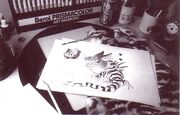
A 1985 concept sketch of Stitch by creator Chris Sanders.
The story is based on a children's story that Chris Sanders wrote in the 1980s. Production of Lilo & Stitch began with then-Disney CEO Michael Eisner deciding that in the wake of a number of high-profile and large-budget Disney animated features during the mid-1990s, the studio might try its hand at a smaller and less expensive film. The idea was inspired by the production of Dumbo, an economically-made 1941 Walt Disney film produced in the wake of the more expensive Pinocchio and Fantasia. Chris Sanders, a head storyboard artist at Disney Feature Animation, was approached to pitch an idea. Sanders had created the character of Stitch in 1985 for an unsuccessful children's book pitch and developed a treatment for an animated feature featuring the character. The movie was originally intended to take place in rural Kansas so that Stitch could interact with other characters while still being isolated from wreaking greater havoc. A decision to change the film's setting to the Hawaiian island of Kauai was an important choice in defining the plot more clearly. No other animated feature had ever taken place on any of the Hawaiian islands before as most of the past films took place in Europe (such as The Great Mouse Detective (1986), Robin Hood (1973), or The Little Mermaid (1989)), North America (such as Pocahontas (1995), Pete's Dragon (1977), or Dumbo (1941)), Africa (such as The Lion King (1994), or Tarzan (1999)), or Asia (such as The Jungle Book (1967) which took place in India, or Mulan (1998) which took place in China). In Sanders' words:
| “ | Animation has been set so much in ancient, medieval Europe — so many fairy tales find their roots there, that to place it in Hawaii was kind of a big leap. But that choice went to color the entire movie, and rewrite the story for us. | ” |
Dean DeBlois, who had co-written Mulan (1998) with Sanders, was brought on to co-write and co-direct Lilo & Stitch, while Disney executive Clark Spencer was assigned to produce. Unlike several previous and concurrent Disney Feature Animation productions, the Lilo & Stitch pre-production team remained relatively small and isolated from upper management until the film went into full production. The character and set designs were based upon Chris Sanders' personal artistic style.
While the animation team visited Kauai to research the locale, their tour guide explained the meaning of ohana as it applies to extended families. This concept of ohana became an important part of the movie. DeBlois recalls:
| “ | No matter where we went, our tour guide seemed to know somebody. He was really the one who explained to us the Hawaiian concept of ohana, a sense of family that extends far beyond your immediate relatives. That idea so influenced the story that it became the foundation theme, the thing that causes Stitch to evolve despite what he was created to do, which is destroy. | ” |
The island of Kauai had previously been featured in such films as Raiders of the Lost Ark and the Jurassic Park trilogy. The Disney animators faced the daunting task of meshing the film's plot, which showed the impoverished and dysfunctional life that many Hawaiians lived during the then-recent economic downturn, with the island's serene beauty. The actors voicing the film's young adults Nani and David, Tia Carrere, a native of Honolulu, and Jason Scott Lee, who was raised in Hawaii, assisted with rewriting the Hawaiian characters' dialogue in the proper colloquial dialect and adding Hawaiian slang.
Overall, the entire production of the film was said to be done in secret among the entire production crew behind this film, where it was animated at the Disney studio in Orlando, Florida, as opposed to the main Walt Disney Feature Animation studio in Los Angeles. Hence, this allows more creative freedom for the production of the film for the Sanders and DeBlois team with little to no intervention from studio executives such as Michael Eisner. [1]
In a deviation from several decades' worth of Disney features, Sanders and DeBlois chose to use watercolor painted backgrounds for Lilo & Stitch, as opposed to the traditional gouache technique. While watercolors had been used for the early Disney animated shorts of the 1930s and early-1940s, as well as the early Disney features Snow White and the Seven Dwarfs (1937) and Dumbo (1941), the technique had been largely abandoned by the mid-1940s in favor of less complicated media such as gouache. Sanders preferred that watercolors be used for Lilo to evoke both the bright look of a storybook and the art direction of Dumbo, requiring the background artists to be trained in working with the medium. In addition, former veteran Disney/Warner Bros. animator Maurice Noble of the Looney Tunes fame also served as consultant to create the film's distinctive watercolor backgrounds. [2] The character designs were based on Sanders' personal drawing style, eschewing the traditional Disney house style.
While the backgrounds are hand-painted with watercolors, the character animation is still digitally inked-and-painted with Disney's computerized CAPS process. A conscious effort was made to give the film a warmer, more old-fashioned look than most other modern Disney films: this film does not use the "Deep Canvas" technique used in Tarzan (1999), Atlantis: The Lost Empire (2001), or Treasure Planet (2002); it only contains about five shots which use either a "multiplane camera" or "3D camera" effect; and the use of tone mattes (shading/shadows on the characters) was kept to a minimum. In short, the animation was generally done on a tight budget, mainly in order to avoid the risk of executive meddling when requesting for additional animation funds. [3] Most notably, during the scene where Lilo rushes to hula school from the beach at the beginning, almost all the beachgoers (save for one bikini-clad woman tossing a frisbee and the Ice Cream Man) in the background are completely static with hardly any movement in order to keep costs low. [4]
Several major elements of the film changed during production. Originally, Stitch was the leader of an intergalactic gang, and Jumba was one of his former cronies sent after Stitch by the Intergalactic Council to capture him. Test audience response to early versions of the film resulted in the change of Stitch and Jumba's relationship to that of creation and creator, respectively. Stitch's second in command, a giant red alien named Ramthar voiced by Ricardo Montalbán, would have much of their role repurposed for Captain Gantu.
The biggest change came to the film's third act, which had Stitch flying a Tsunami Air Boeing 747 jet through downtown Honolulu to save Lilo. Following the September 11, 2001 attacks, this sequence was revised so that Stitch instead flew a spaceship through the mountains of Kauai. This revision was done primarily by replacing the CGI model of the 747 with that of Jumba's spaceship, with only a few shots in the sequence fully re-animated.
Another scene that was deleted was one of Lilo's attempts to make Stitch into a model citizen by notifying tourists on the beach about the tsunami warning sirens.
The original version of Jumba attacking Stitch in Lilo's home was found to be too violent by test audiences and was revised to make it more comedic.
There was also a scene in which Lilo introduces Stitch to Pudge the fish, which ultimately leads to the fish's death. Lilo then takes Pudge's body to the same graveyard where her parents were buried, and thus Stitch learns the consequences of his actions and gains a better understanding of mortality.
There was a scene where Nani brings Lilo pizza and then Lilo tells herself a bedtime story about a friendly and stinky bear named Toaster. This was replaced with the scene where Lilo and Nani talk about being family because test audiences had mistaken Nani for Lilo's mother.
The film opening at #2 with $35,260,212 in its first weekend, less than $500,000 behind the Tom Cruise and Steven Spielberg film, Minority Report. In its second week, it fell to #3, again behind Minority Report and Mr. Deeds. Nevertheless, it continued to draw in families while Spider-Man and Star Wars: Attack of the Clones dominated the box office, while competing against The Bourne Identity and the live-action adaptation of Scooby-Doo. The film raked in $145,794,338 in the United States and Canada, and $127,349,813 internationally, finishing with $273,144,151 in the world. It was the second Highest-Grossing animated Film of 2002 (behind Ice Age).
Lilo & Stitch received highly positive reviews from critics and audiences alike. The film's success at the box office and on home video formats led to a Lilo & Stitch franchise, with four direct-to-video sequels and a television series spanning two seasons. The film has received 145 critical reviews on the site Rotten Tomatoes, 124 Fresh, and 21 Rotten, giving it a total positive rating of 86%. The film has also earned a score of 73% on Metacritic.
Peter M. Nichols states that through the character of Nani Pelekai and her struggles the film appeals to older children better than such attempts by the studio to do so as Treasure Planet, Atlantis: The Lost Empire, and The Emperor's New Groove.
- Main article: Lilo & Stitch (video)
The film was released on VHS and DVD on December 3, 2002. In 2003, a 2-disc DVD version was announced alongside special edition DVDs of Alice in Wonderland and Pocahontas, which were released in 2004 in Australia and 2005 in the UK respectively. A 2-disc special edition DVD of Lilo & Stitch was released in the UK on August 22, 2005, alongside the UK release of Lilo & Stitch 2: Stitch Has a Glitch, but a release in the US suffered from continuous delays.
On March 24, 2009, Disney re-released the DVD, which they dubbed a 2-Disc Big Wave Edition. This set includes most of the bonus features from the original DVD and adds an audio commentary, a two-hour making-of documentary, more deleted scenes including the original climax with the plane hijacking, a number of behind-the-scenes featurettes, and some games.
The film was released on Blu-ray on June 11, 2013, in a 2-Movie Collection with Lilo & Stitch 2: Stitch Has a Glitch. There are no bonus features on the Blu-ray itself, but the DVD included in the combo pack is a direct recycling (minus label art) of disc 1 of the Big Wave Edition.
At the 2003 Academy Awards, Lilo & Stitch was nominated for Best Animated Feature, losing the Oscar to Spirited Away. At the Annie Awards (Animation Awards), Lilo & Stitch was nominated for 10 Annie's, with the only winner being Daveigh Chase for her Outstanding Voice Acting in an Animated Feature Production.
- Main article: Lilo & Stitch (franchise)
The success of Lilo & Stitch paved the way for a franchise that included three direct-to-DVD and television sequel films and three TV series.
Lilo & Stitch 2: Stitch Has a Glitch is the only sequel of the franchise to have the exact same animation style as the original film. Both Stitch! The Movie, the TV series and Leroy & Stitch however use a similar animation style with watercolor backgrounds like the original film, albeit with a brighter hue. Both the international adaptations Stitch! and Stitch & Ai on the other hand eschewed the original film's animation style with watercolor backgrounds completely in favor of full computer-drawn animation.
Trailers
Teaser trailers for this film parody trailers for other Disney films (two of these were animated by Sanders) from recent years, particularly the first four animated films from the Disney Renaissance . These are called "Inter-Stitch-als" and are featured on Disney's official site. The original actors were brought back to reprise their roles and were shocked when asked to act negatively towards Stitch. The trailers also include the AC/DC song track "Back in Black". Most of the original actors reprised their roles in the trailers, including Paige O'Hara as Belle, Scott Weinger as Aladdin and Jodi Benson as Ariel. The only exception was Kevin Schon replaced Nathan Lane as Timon for the Lion King teaser.
1. Beauty and the Beast: The Beauty and the Beast ballroom dance sequence begins as normal. However, as the camera pans to the angels on the ceiling, Stitch is seen crawling across the painting. Watching Belle and the Beast, he crawls onto the chandelier, which breaks. The Beast dives and pulls Belle with him out of harm's way while the chandelier smashes on the ballroom floor behind them. The moment ruined, Belle announces she will be in her room. As she departs Stitch wolf whistles after her, to which she replies indignantly, "Get your own movie!".
2. The Little Mermaid: Ariel is singing the reprise of "Part of Your World", when a huge wave, which is being ridden by Stitch, dumps on her. As the ocean settles, Ariel pops up and throws a starfish at Stitch, saying "I was singing here!" This trailer was the most difficult to parody, as the film had been painted using traditional cel animation rather than using the digital CAPS system and had to be cleaned up by hand.
3. Aladdin: Aladdin and Jasmine are interrupted in the middle of the "A Whole New World" sequence by Stitch honking his cruiser's horn. Stitch flirts with Jasmine and when Jasmine stands up, she accidentally drives off with him in his cruiser, leaving Aladdin behind and sitting alone on the carpet, yelling at Stitch and saying, "Get your own movie!" in a whisper.
4. The Lion King: There are two versions of this commercial.
Oddly enough, Dopey, Pinocchio, Jiminy Cricket, and Tinker Bell were shown on the "There's One in Every Family: poster. However, Snow White and the Seven Dwarfs, Pinocchio, and Peter Pan were not made into Inter-Stitch-als.
In the United Kingdom, Lilo & Stitch trailers and TV ads featured a cover of Elvis' song "Suspicious Minds", performed by Gareth Gates, who became famous on the UK TV talent show Pop Idol.
- When Lilo is talking to Moses Puloki, aka the Hula Teacher about just wanting to dance, we can see Mertle in the background holding her arm. On her wrist is a grass bracelet. When we focus on Mertle and she says, "Eww, she bit me!", the grass bracelet is gone.
- When Nani invites Cobra into the house, she opens the back door and leaves it open. But later on, when she is chasing Lilo around the house, the door is closed.
- Lilo is barefoot when Cobra arrives; however, when Lilo is speaking to Cobra, she is wearing her sandals. When Cobra observes Lilo claiming her friends need to be punished, she is barefoot again.
- When Nani invites Cobra into the house, there is a pot simmering on the stove. When she takes the lid off and then turns around, after Lilo walks in, the stove is shown behind Nani and Cobra, and the pot has turned into a frying pan.
- When Cobra is at Nani's back door, the door swings to Nani's right when she opens it. But later, when Nani crawls on top of the dryer and she opens it, it opens the opposite way.
- In the scene after Cobra's first visit, Nani brings Lilo some pizza in her room. Behind Lilo, a neon green star and moon can clearly be seen on the right bedpost. Later on, as the lights go out, the star and moon are clearly on the left bedpost. Later still, when Stitch wakes up Lilo with The Ugly Duckling book, the star/moon isn't even on a bedpost, it's on the headboard between the posts. After that, the star/moon disappears completely to reappear on the window frame for two scenes.
- At the luau, Nani's skirt is short, but when she gets fired, it is long.
- Right before Stitch finds The Ugly Duckling book, he picks up three other books. The first two, Oyster Farming: Is It for You? and Fire Eating for Fun and Profit have their titles printed on the back of the books, and nothing printed on the fronts. This is needed so that the viewers could see the names clearly.
- During the scene when Nani is apologizing to Lilo for yelling at her, Lilo is sitting on the left side of her bed holding her Scrump doll. Then, when Nani picks her up to console her, Lilo casually drops Scrump on the same side of the bed. Yet, when the shot changes, Scrump is now on the far right side of the bed.
- When Lilo is in the restaurant where Nani works, her crayon disappears and then reappears.
- When Nani is telling David on the phone about how Stitch is scary and walks into the kitchen, Stitch's shadow on the wall has four arms, but when the shot switches to Stitch raiding the refrigerator, he only has two arms. This is because he noticed Nani and instantly retracted his lower pair of arms to hide his alien nature. Although initially, at the shelter, he did that with difficulty, but then obviously learned to do it extremely fast. This is explicitly shown after the house is destroyed; he retracts his lower arms in 0.3 seconds when Nani runs past him.
- When Lilo stops Nani from sending Stitch away, Lilo is wearing her red flower dress with sandals. But when she goes to her bedroom, she is wearing her nightgown with no sandals. Evidently, she changed clothes before entering her room. While it may seem strange that her nightgown is not in her room, there is nothing that says it can't be.
- After the house blows up, Lilo's picture of her family is shown with three burned corners in distant shots, but only two are close up.
- When Cobra puts Lilo in his car, the door lock button can be seen on the driver's side. When the shot goes back to Lilo, a different kind of lock is revealed on the passenger's side.
- When David pulls Stitch out of the water after he appears to have drowned, Stitch is facing out, but when you see him again he is facing in.
- When Nani, Lilo, and Stitch come home after the luau, Nani reaches halfway up the wall, turns on the lights, and the sound of the switch flipping can be heard. The light switch can be seen a moment later as she carries Stitch out of the kitchen, but when she tries to carry him out of the house, it has disappeared.
- When Jumba is at Lilo's house trying to catch Stitch, at one point, he rips the plate rack off the kitchen wall and throws the plates at Stitch who is crawling on the ceiling. But a while later, when Lilo calls Cobra for help, the plate rack (and the plates) is back on wall behind her.
- When Jumba tries to capture Stitch in Lilo's house while Nani goes for a job interview, Lilo's sandals vanish between shots.
- Throughout the final parts of the film, Jumba's head keeps switching from big to medium size to big again.
- Stitch's scratch marks on Lilo's glass prison disappear and reappear.
- At one point during "He Mele No Lilo", the two older hula dancers at the left switch places; after that, they switch back to their original places.




